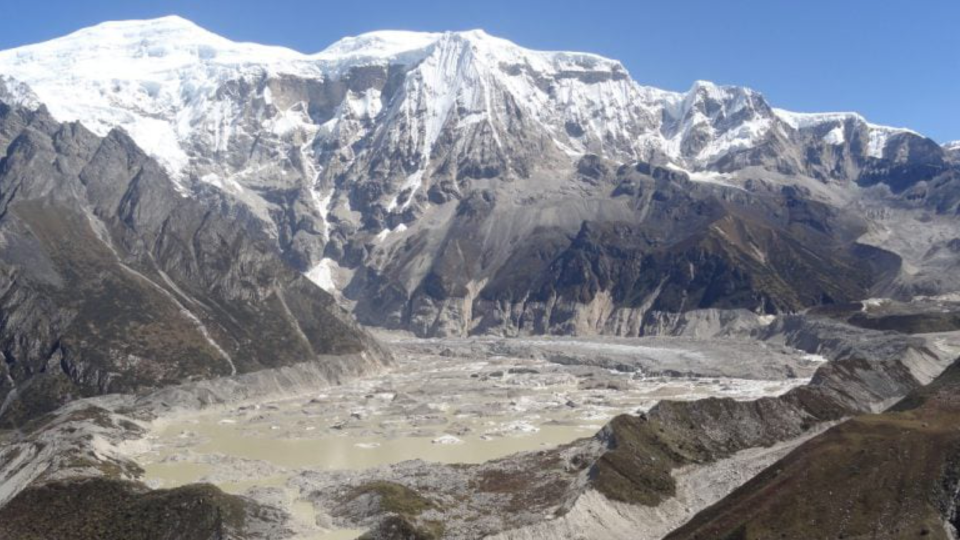The State of the Climate in Asia 2024 report by the World Meteorological Organization (WMO) presents evidence of rapid climate change, showing that Asia is warming nearly twice as fast as the global average. The region recorded an average temperature 1.04°C above the 1991–2020 baseline, making 2024 one of the warmest years in its recorded history. The report highlights acceleration in warming trends since 1991, with far-reaching implications for ecosystems, human health, and livelihoods.
Sea surface temperatures in Asian waters are rising at 0.24°C per decade, nearly double the global rate. In 2024, an unprecedented marine heatwave affected approximately 15 million square kilometres of ocean—about a tenth of the global total—posing severe threats to marine biodiversity and coastal economies. In the high mountain regions, particularly the Central Himalayas and Tian Shan, glaciers continue to retreat at alarming rates. Of the 24 glaciers monitored, 23 showed mass loss, increasing the risk of glacial lake outburst floods and undermining water security for millions dependent on glacier-fed river systems.
Extreme weather events increased in both their occurrence and severity. Prolonged heatwaves from April to November scorched many parts of East Asia, with Myanmar recording an extreme temperature of 48.2°C. Concurrently, the region suffered from heavy rainfall, severe droughts, and tropical cyclones, including Cyclone Yagi, which caused widespread damage. India, too, witnessed record-breaking temperatures and erratic monsoon patterns, underscoring the need for climate-resilient infrastructure and adaptation planning. These events, combined with faster-than-average sea-level rise in the Indian and Pacific Oceans, have exacerbated the vulnerability of densely populated low-lying coastal areas to flooding and erosion.
Amid these challenges, the report highlights array of hope. Nepal’s strengthened Early Warning Systems and anticipatory actions have helped mitigate disaster impacts, demonstrating the effectiveness of proactive adaptation. However, such strategies must be urgently expanded across Asia. The WMO calls for accelerated investment in climate resilience, Early Warning Systems, and immediate action to curb greenhouse gas emissions. Without decisive and coordinated measures, the region faces escalating environmental and socio-economic risks linked to climate change.

